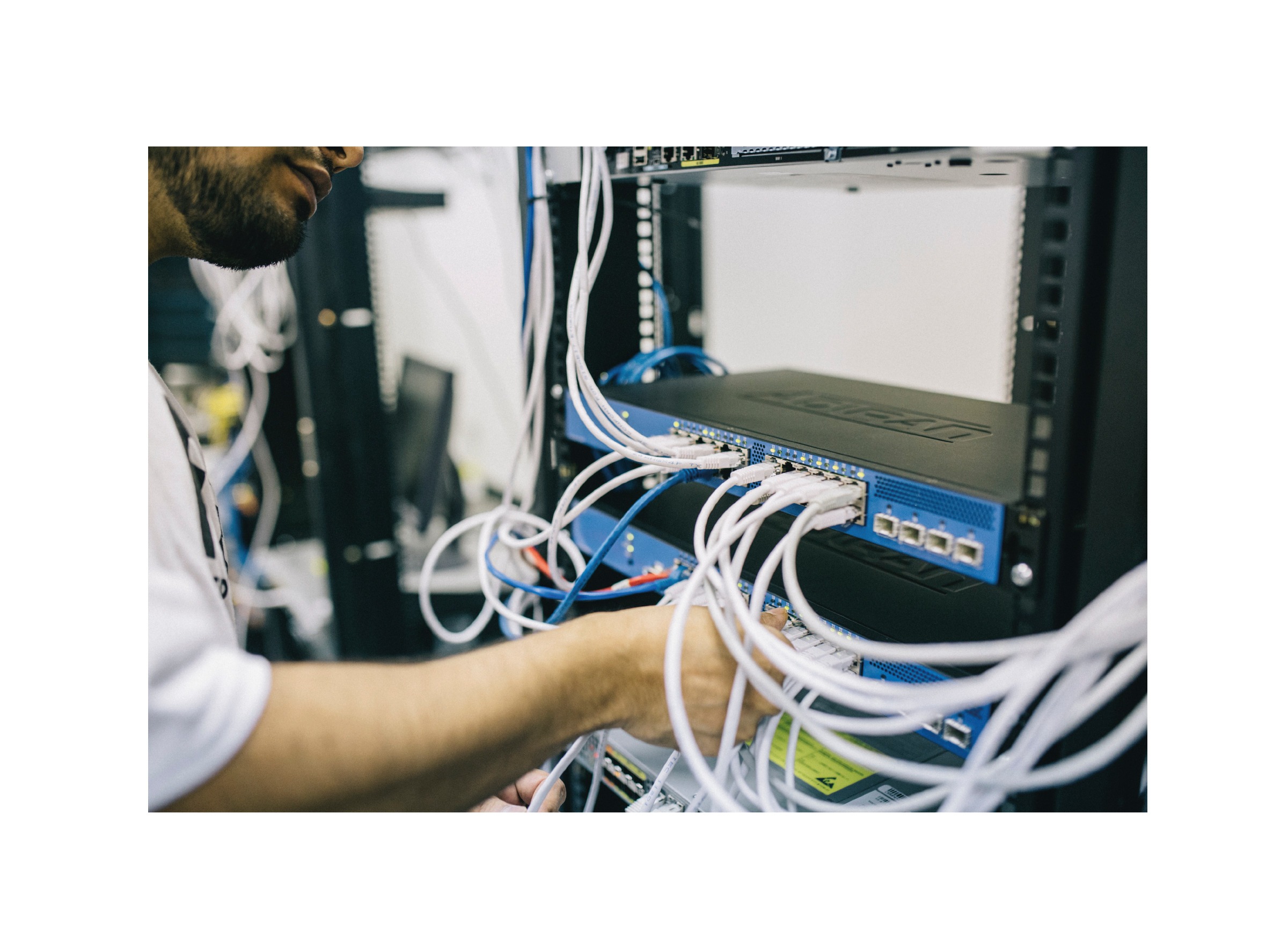1. INTRODUCTION
The Indian union budget was declared on 05 July 2019 by the finance minister, Nirmala Sitharaman. This was the first budget presented by the Narendra Modi government in its second term. The budget speech is available here, highlights released by the union government are available here, the Finance Bill, 2019 is available here, and all budget-related documents are available here.
2. LAY OF THE LAND
a. India is in a position to become a USD 5 trillion economy in the next few years. At the current growth rate, India will become a USD 3 trillion economy this year.
b. India ranks behind China and the US in terms of purchasing power parity.
c. India is the sixth largest economy in the world. Five years ago it was the 11th largest economy.
d. Resources garnered over the last five years through innovative financial instruments, like infrastructure investment trusts (“InvITs”) , as part of the strategy to monetise brownfield assets, have exceeded INR 24,000 crore.
e. Two crore rural Indians have been made digitally literate under the Pradhan Mantri Gramin Digital Saksharta Abhiyan.
3. KEY MEASURES
5 trillion-dollar economy
a. To achieve this goal, India requires investments of around INR 20 lakh crores per annum. Measures outlined to augment infrastructural financing include:
a.1. A Credit Guarantee Enhancement Corporation, as notified by the Reserve Bank of India (“RBI”), to be set up in 2019-20.
a.2. An action plan with a specific focus on the infrastructure sector to deepen the market for long term bonds.
b. Measures outlined to deepen bond markets include:
b.1. AA rated bonds to be allowed to be used as collateral to deepen corporate tri-party repo market in corporate debt securities.
b.2. User-friendliness of trading platforms and capping of International Securities Identification Number (“ISIN”) to be reviewed by the government.
c. The Securities and Exchange Board of India (“SEBI”) asked to consider raising the threshold of minimum public shareholding in listed companies from 25 percent to 35 percent.
d. An electronic fund-raising platform (a social stock exchange) to be set up under SEBI’s supervision to list social enterprises, allowing them to raise capital as equity, debt or as units like a mutual fund.
e. An annual Global Investors Meet (“GIM”) to be organized in India, using the National Infrastructure Investment Fund (“NIIF”) as an anchor to gather top industrialists, insurance funds and digital venture funds to integrate India with the global value chain of goods, services, and financial systems.
Digital payments
- The government to continue to promote a cashless economy.
- Tax deduction at source (“TDS”) of 2 percent to be imposed on cash withdrawals exceeding INR 1 crore per annum from bank accounts, to discourage business cash payments.
- Businesses with an annual turnover greater than INR 50 crore to offer their customers low-cost digital payments modes such as BHIM UPI, NEFT, etc. No charges or merchant discount rates (“MDR”) shall be applicable to the business or the customer.
Emerging technologies
a. The government to invest in skilling Indian youth in artificial intelligence (“AI”), internet of things (“IoT”), big data, 3D printing, virtual reality (“VR”) and robotics to boost employability in India and abroad.
Electric vehicles
a. India envisioned as a global electric vehicle (“EV”) manufacturing hub.
b. The Goods and Services Tax (“GST”) rate on EVs to be reduced from 12 percent to 5 percent.
c. An income tax deduction of INR 1.5 lakh on interest paid on loans taken to purchase EVs to be provided. Only registered e-vehicles operating on advanced batteries may avail this benefit.
d. The government to promote development of solar storage batteries and charging infrastructure.
e. Phase II of the Faster Adoption and Manufacturing of (Hybrid &) Electric Vehicles (“FAME-India”) scheme to be rolled out, which has an outlay of INR 10,000 crore.
Foreign investments
a. Foreign portfolio investments (“FPI”) recognized as important; rise in foreign direct investments (“FDIs”) in India (by 6 percent compared to the previous year, contrary to the global shrinkage in FDIs) emphasized.
b. Current Know-Your-Customer (“KYC”) norms to be streamlined and made investor friendly, without compromising the “integrity of cross-border capital flow”.
c. The statutory limit for FPIs in a company to be increased from the current limit of 24 percent to the respective upper limits of foreign investment of every individual sector.
d. ‘NRI-Portfolio investment scheme’ route to be merged with the FPI route.
e. The government to consider opening FDIs in aviation, media, and insurance to attract more FDIs.
f. 100 percent FDIs in insurance intermediaries to be allowed.
g. Local sourcing norms for single-brand retail sector to be relaxed.
Startups
a. A television program with DD channels to be initiated exclusively for the promotion of start-ups by the government.
b. The ‘angel-tax’ issue to be resolved by not subjecting start-ups and investors to any scrutiny in respect of valuation of share premiums, provided they file requisite declarations. The government to put in place ‘e-verification’ to establish the identity of investors.
c. The Central Board of Direct Taxes (“CBDT”) to make special administrative arrangements for the pending assessment of start-ups and their grievances.
d. Currently, start-ups are not required to justify the fair market value of their shares issued to certain investors including Category-1 alternative investment funds. This benefit to be extended to Category-2 alternative investment funds.
e. Conditions for carry forward and set off loses for start-ups to be relaxed.
Other tech developments
a. India’s first indigenously developed payment ecosystem for transport, based on National Common Mobility Card (“NCMC”) standards, to enable people to pay for different transport charges, such as metro, and bus fares amongst others, across the nation. The payment ecosystem to also allow for cash withdrawals as well.
b. Loans up to INR 1 crore to be provided for MSMEs within 59 minutes through an online portal. INR 350 crore has already been allocated for FY 2019-20 for 2 percent interest subvention for all GST registered MSMEs under the Interest Subvention Scheme for MSMEs.
c. Internet connectivity to be provided at the panchayat level under the Bharat-Net project. This project is to be propelled through the Universal Service Obligation Fund under a public private partnership arrangement.
d. 20 tech incubators to be set up under the Scheme for Promotion of Innovation, Rural Industry and Entrepreneurship (“ASPIRE”).
e. National Research Foundation (“NRF”) to be set up for strengthening research ecosystem in India.
f. New Space India Limited (“NSIL”) incorporated as a commercial arm of department of space. NSIL to spearhead the commercialization of space products, such as launch vehicles, and transfer of technology amongst others.
Miscellaneous developments
a. PAN and Aadhaar card to be made interchangeable to allow citizens to use their Aadhaar number instead of PAN wherever required.
b. Customs duty on petrol and diesel to be hiked by INR 1.
c. The government to expand Khelo India Scheme and provide all necessary financial support. A National Sports Education Board for Development of Sportspersons to be set up under the Khelo India Scheme.
d. Multiple labor laws to be streamlined into a set of four labor codes to ensure standardization in registration and filing of returns.
e. Aadhaar cards to be issued for non-resident Indians with Indian passports after their arrival in India without a waiting period of 180 days.
f. Securities Transaction Tax (“STT”) norms to be relaxed by restricting it only to the difference between settlement and strike price in case of exercise of options.
g. Scheme to invite multinational firms through transparent bidding for setting up mega-manufacturing plants in sunrise and advanced technologies to be launched in order to boost economic growth and promote ‘make in India’.
(Authored by Vihang Jumle, Associate, with inputs from Nehaa Chaudhari, Public Policy Lead at Ikigai Law.)









